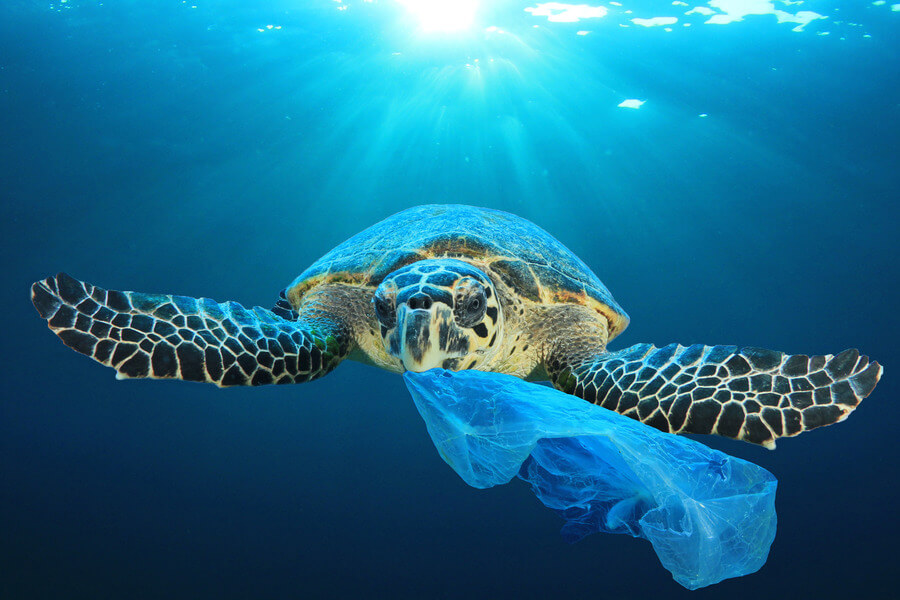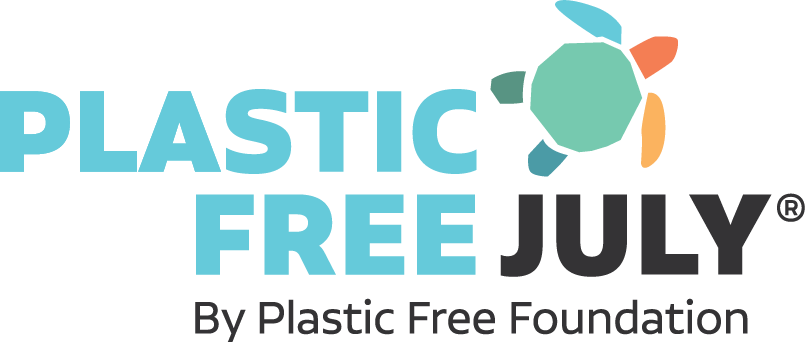IMPORTANT UPDATE: OUR BANKING DETAILS ARE CHANGING CLICK HERE FOR DETAILS
Read moreRead lessHow Water Scarcity Affects Industry Across the Globe
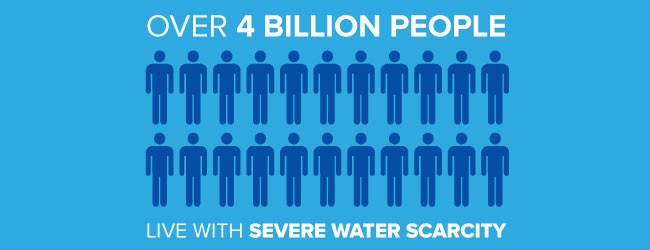
New major research carried out this year has shown that two thirds of the world’s population (over 4 billion people) live with severe water scarcity, which is defined as having restricted access to water for the duration of at least one month the year. Most Australians have experienced draughts and water scarcity conditions that have impacted our lives. You may not be aware that central and western parts of the United States and even in the city of London also experience similar problems. Unfortunately, as populations increase we’ll continue to use ever more amounts of this natural resource for everyday things, making the problem worse.
In aid of this year’s World Water Day and their theme of wateran info and businesses we’ve taken a look into the everyday industries to see how water scarcity can affect us all. There are many things that we take for granted without even a thought of how much water was used for us to enjoy them, and how this huge global water availability concern could affect each industry in the near future. We recently created an infographic to show this visually, if you really dig into the data, you realise how this effects our everyday lives is staggering.
Food
We all know that most food has a high percentage of water content however, you might not know just how much water is used to fill our pantries at home.
Agriculture
All around the world agriculture is affected by water scarcity. If you consider that 70% of all natural water withdrawn across the globe is used simply for crop irrigation you begin to comprehend why.

Costs of agriculture production also rises disproportionally to the cost of water. For instance just 10% rise would increase the cost of producing an Orange by 30%. As water becomes inevitably becomes scarcer in the future this problem is only going to worsen.
Fruit & Veg
From growing to cultivation and to the basket in a grocery store, fruit & vegetables use a staggering amount of water. You can see in the table below just how much H2O is needed for a healthy nutritional diet.
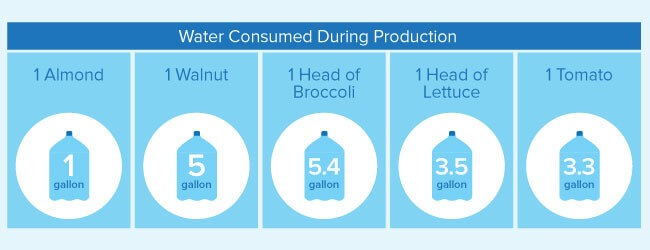
Rice
It takes a whole bathtub worth of water to produce just one bowl of rice. The two biggest producers of Rice in the world are China and India, both of which are the first and second most water stressed countries on Earth. With water scarcity increasing, the future of rice production in these countries become less secure.

Chocolate
Chocolate in all its goodness has many fans but as with many fruits & vegetables, chocolate is also disproportionally affected by the price of water. A 10% increase in water costs actually results in a whopping 31,600% increase in chocolate costs. This is down to the fact that refined sugar uses huge amounts of H2O - 198 gallons per pound of sugar in fact. Not to mention the amount of water used to grow the cocoa beans needed to produce chocolate. As water becomes more scares this may increase the price of water around the world, dramatically increasing the price of this everyday item.

Drink
As you likely already be aware off, most drinks contain high percentages of water, however you might be surprised to know just how much is actually consumed.
Beer
Can you imagine a future without beer? No more thirst quenching larger whilst we enjoy a BBQ on a sunny day. It’s a sobering thought, but this future may be more realistic than you think. At breweries alone the average ratio of water consumption to beer produced is 4:1 . If you add this to the amount of water used during growing and cultivating the ingredients needed, by the time it reaches your glass, a huge 300 total litres of water is consumed .

Wine
Many of us like to drink a glass of wine with a nice meal but have you ever stopped to consider how much water is needed to produce just one glass of your favourite Red or White? Grapes are incredibly thirsty fruits, and to make a standard wine glass worth (125ml), it can take as much as 109 litres of water. The sheer volume of water required means this is another industry that could be severely hit if water scarcity around the globe leads to an increase in water prices.
Coffee
Melbourne is Australia’s coffee capital and the nation’s favourite morning pick me up is in real danger as water becomes more scare across the world. The journey from cultivating beans to the 8 ounces of coffee in your cup can use 55 gallons of water! Nestle have been providing training to coffee farmers to help with the levels of water consumed however, coffee production under these rare circumstances still uses up to 5 litres of water per kilogram of coffee.

Bottled Water
Bottled water companies have reported that it takes 1.39 liters to make one liter of bottled water. That's less than the global averages of a liter of soda, which requires 2.02 liters of water. A liter of beer, meanwhile, needs 4 liters of water, wine demands 4.74 liters. Hard alcohol, it turns out, is the greediest, guzzling 34.55 liters of water for every liter. If you consider that a quality water filtration system can give you great tasting, pure water straight from you tap it seems senseless to carry on using bottled water.
Textiles
Cotton
Most people don’t consider just how much water is used to dress yourself each day. Cotton is a very thirsty plant and requires 25 cubic meters of water for each 250 grams of cotton produced – which is the amount needed for the average T-shirt. Take a few seconds to think about how many t-shirts you own, and just how much water was needed to fill your closet.

Demin
Next time you button up your jeans in the morning you might want to consider just how much water is used to get to that point. For every pair of denim jeans manufactured, 3 gallons of water is consumed . To actually grow the cotton needed alone, 1,800 gallons of water is used , with an additional 800 gallons used to wash and prepare them for sale.
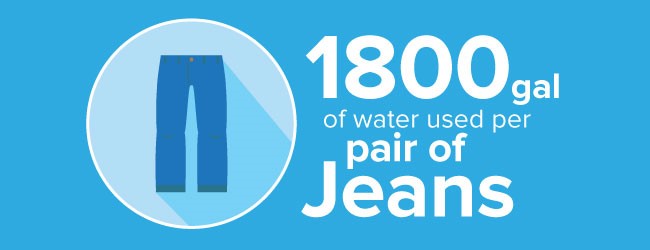
Technology
Electronics
Desktop and laptop computers, tablet devices, smartphones, even the internet - in fact any other electronic device that makes modern communication so easy all dependent upon semiconductor technology. This technology has revolutionised the last 40 years of communication from MSN Messenger to Facebook. However, semiconductor fabrication plants can need as much water to produce their products as many small cities will use to supply their residents. If there is not enough water available than plants cannot manufacture these products, which could mean the end of selfies!
The Future
As the global population is expected to continue to grow to over 9 billion by 2015, the increased need for water resources for drinking and for food production is going to create an ever worsening water scarcity problem. We’ve shown that this could have a huge impact on our daily lives, from the food we eat to the clothes we wear. Understanding just how much water is used is the first step in understanding how you can help the problem by consuming and using things that have a reduced impact in water use. Simply ditching bottled water for instance can help.
If you’d like more tips on how to reduce how much water you use in your daily lives you can check out the Waterlogic water resource centre, or take a look at The World Water Day website.




